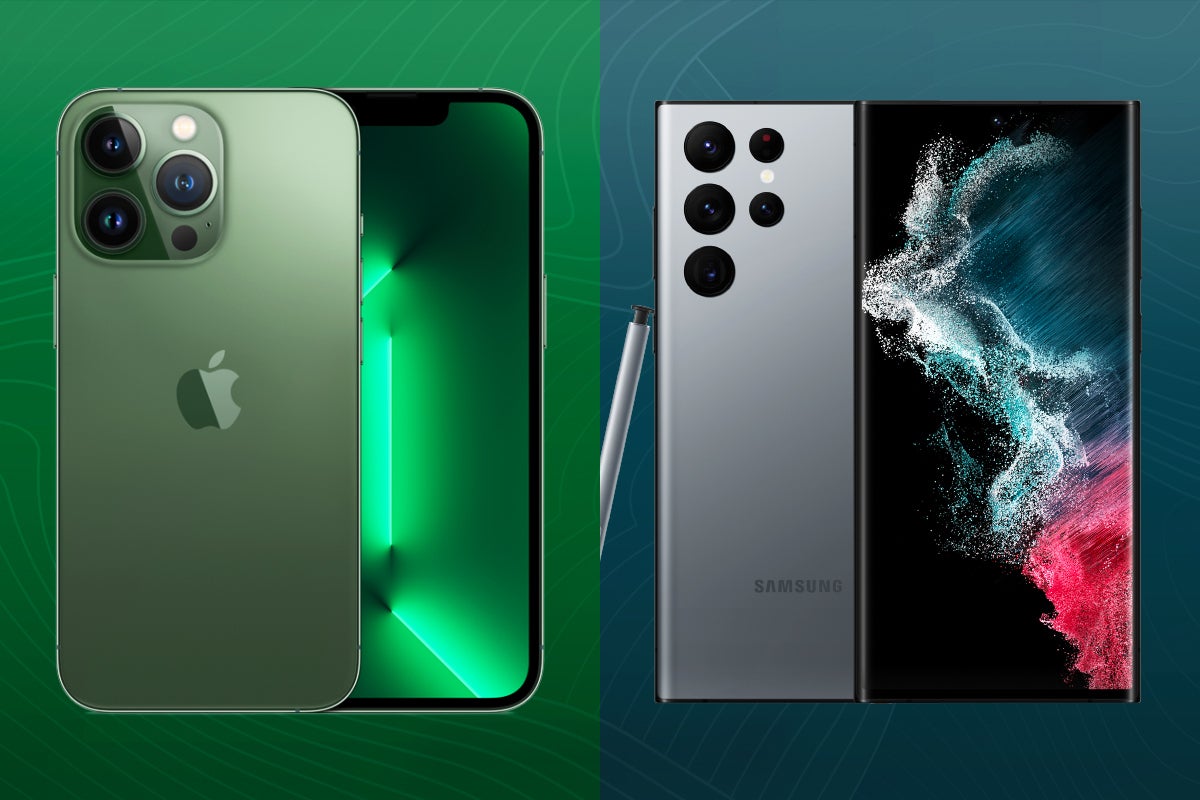Pixel 6 vs Pixel 6 Pro: What’s the difference?
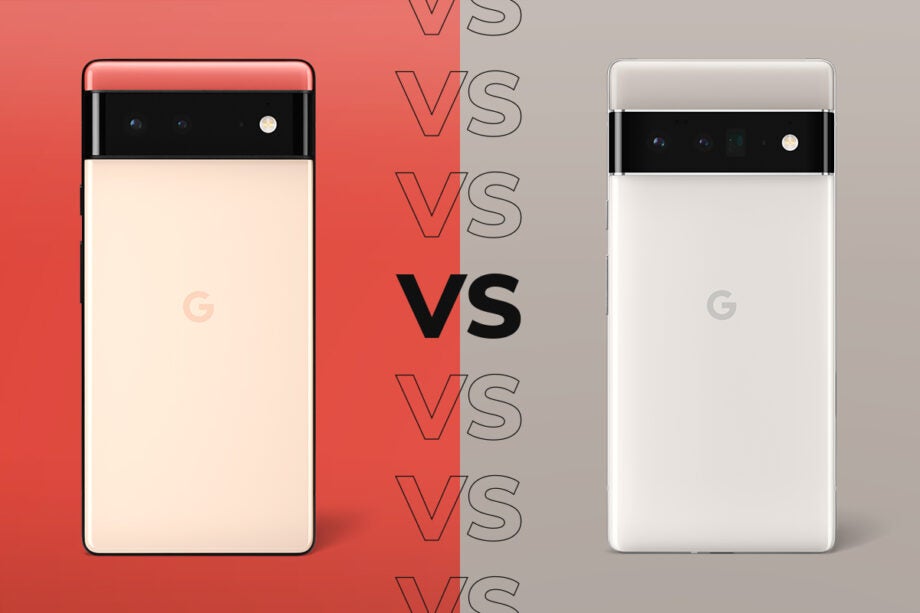
Google’s unveiled its latest range of Pixel 6 phones in October 2021, but with two models to choose from, which one is right for you?
The Pixel 6 range consists of the Pixel 6 and the Pixel 6 Pro. Both phones are powered by Google’s first Tensor chipset and boast a range of advanced mobile photography skills, but there are a number of additional features packed into the Pro model to justify the jump to a more high-end price tag.
If you’re stuck between the two Pixel phones, look no further. We’ve broken down all the key differences between the Pixel 6 and the Pixel 6 Pro, including price, design, camera, specs and battery life.
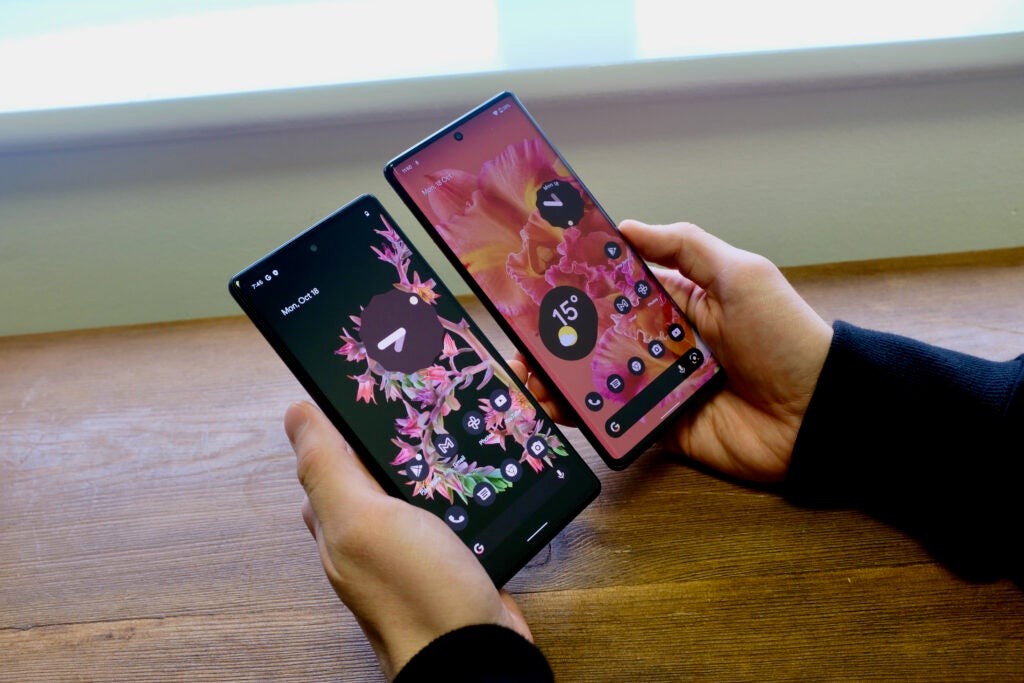
Pricing and availability
The Pixel 6 and the Pixel 6 Pro launched in October 2021. Prices for the Pixel 6 start at £599/$599, while the 6 Pro will set you back at least £250 more at £849/$849.
The Pixel 6 Pro is Google’s first high-end smartphone in a few years, with 2020’s Pixel 5 costing the same as the 6 at £599/$599 and no Pro model having launched that year.

Design and display
Both phones in the Pixel 6 range sport a new three-tone design with a horizontal black camera module taking up space in the upper quarter of the phone and a bold pop of colour at the top.
Each Pixel also comes in three colours. The Pixel 6 is available in Sorta Seafoam, Kinda Coral and Stormy Black, while the 6 Pro comes in Cloudy White, Sorta Sunny and Stormy Black.
A fingerprint-resistant coating has made its way to both devices (though we found this to be somewhat of an exaggeration, as we noted in our reviews) and are water and dust resistant up to IP68.
Both phones feature Always-on OLED displays with HDR support and contrast ratios of >1,000,000:1, but the 6 Pro’s screen is bigger and more advanced.
The Pixel 6 includes a 6.4-inch display with a FHD+ (1080 x 2340) resolution and a smooth 90Hz refresh rate, while the 6 Pro has a 6.7-inch display with a QHD+ (1440 x 3120) resolution and an even faster 120Hz variable refresh rate.
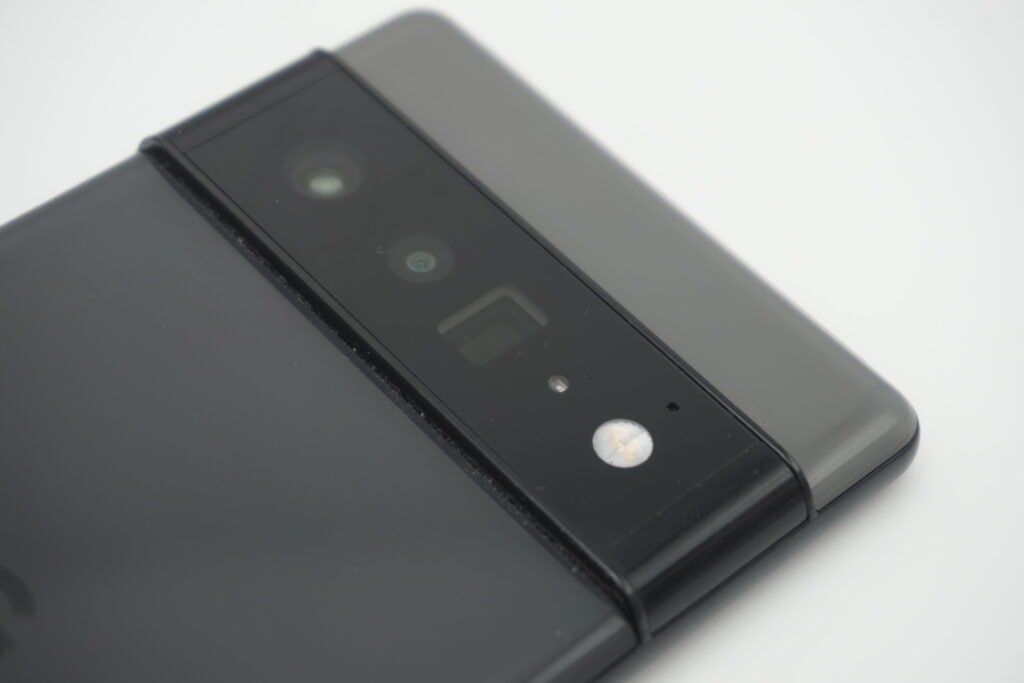
Camera
In previous Pixels, Google has placed a large amount of focus on its camera and mobile photography features, and the Pixel 6 series is no exception.
The Pixel 6 and Pixel 6 Pro actually feature similar camera arrays, but where the Pixel 6 has a dual camera consisting of a 50-megapixel (f/1.85) wide angle sensor with OIS and a 12-megapixel (f/2.2) ultra-wide angle sensor with a 114-degree field of view, the 6 Pro has a triple camera set-up.
The Pixel 6 Pro features the same 50-megapixel wide angle sensor and 12-megapixel ultra-wide angle sensor, along with an additional 48-megapixel (f/3.5) telephoto sensor.
The 6 Pro also includes a larger 11.1-megapixel (f/2.2) front camera with a slightly wider 94-degree field of view compared with the Pixel 6’s 8-megapixel (f/2.0) front camera.
Regardless, the two phones feature the same extensive array of photography features, including Portrait Mode, Super Res Zoom and Night Sight.
The two phones also include a handful of new tools, such as the Magic Eraser to remove unwanted objects from your shots, Face Unblur to sharpen up faces, Real Tone to better represent a range of skin tones and Motion Mode to introduce more movement to action shots.

Specs and features
The Pixel 6 range is the first line of Google smartphones to feature the brand’s own Google Tensor chipset.
The 5G chip powers the line’s new image processing features, the all-day adaptive battery, the Live Translate auto-translation feature and offers built-in protection with the Titan M2 security coprocessor.
While both phones pack the same chipset, the Pixel 6 pairs it with 8GB of LPDDR5 RAM and 128GB of UFS 3.1 storage, while the 6 Pro offers 12GB RAM and up to 256GB of storage.
Both phones come running the latest version of Google’s operating system, Android 12, with its new Material You theme out of the box, and both also take advantage of a range of audio features, including stereo speakers, three built-in microphones and noise suppression.
You can see a full breakdown of the specs in the comparison table below:
Pixel 6 vs Pixel 6 Pro specs
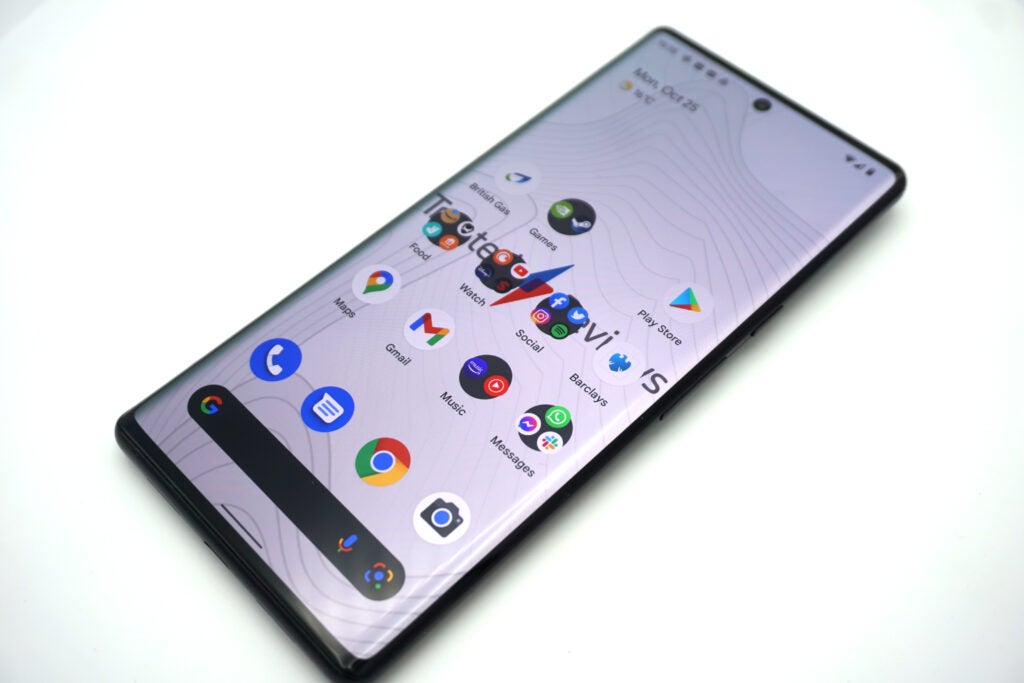
Battery
The Pixel 6 is powered by a 4614 mAh battery, while the Pixel Pro has a larger 5003 mAh battery. While this should theoretically allow the 6 Pro to last longer than the Pixel 6, the 6 Pro also has the strain of the higher 120Hz refresh rate to deal with, which is likely to drain the battery slightly faster than the 6’s 90Hz screen.
We found that, while both phones were capable of lasting a full day and running for a long time on standby, the batteries drained significantly faster when faced with video recording or gaming tasks.
Thankfully, both phones also include Extreme Battery Saver modes, which Google claims can extend the battery life to up to 48 hours when needed, as well as fast charging capabilities for both USB-C charging and wireless charging.
Both Pixels also feature Battery Share, meaning you can use your phone to juice up other devices than support wireless charging, such as your earbuds.
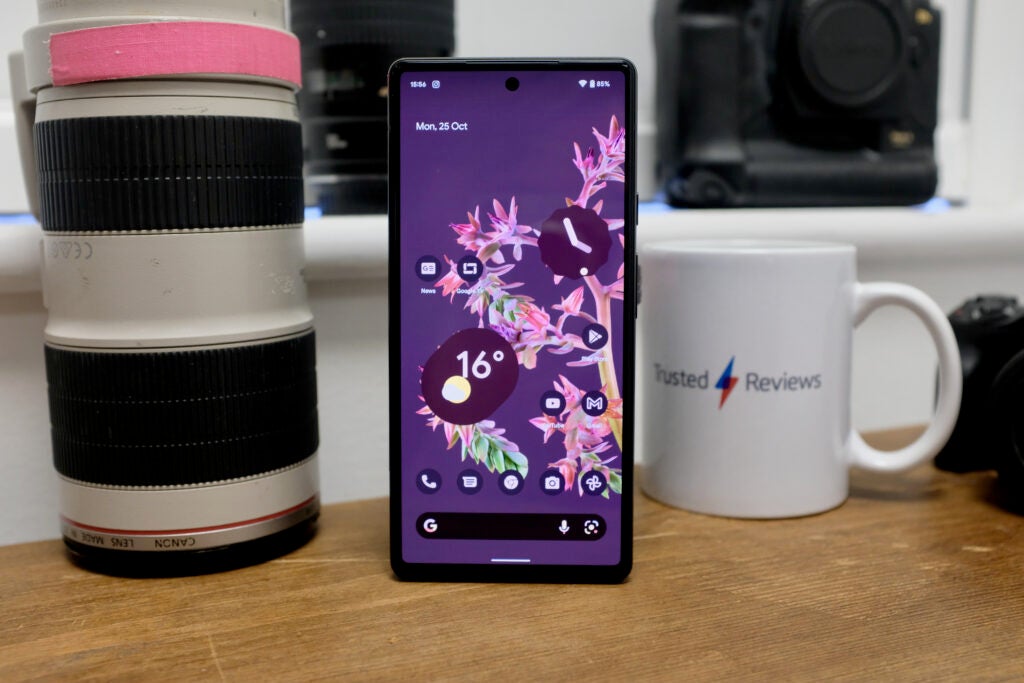
Verdict
The Pixel 6 brings with it a refreshed design in an eye-catching array of colours, the smart new Tensor chip and plenty of interesting camera and software features all at a mid-range price.
However, we awarded the 6 Pro a higher score thanks to the display’s variable 120Hz refresh rate and the triple camera on the back, making it the stronger choice for those happy to spend a bit more on their next Pixel.




